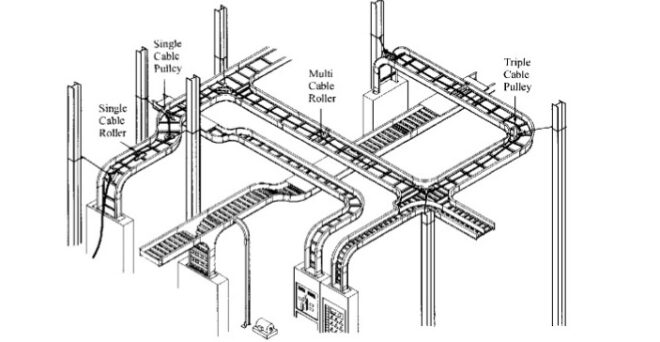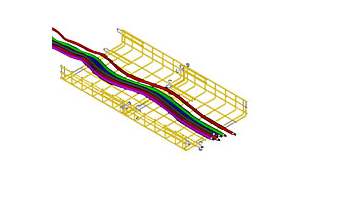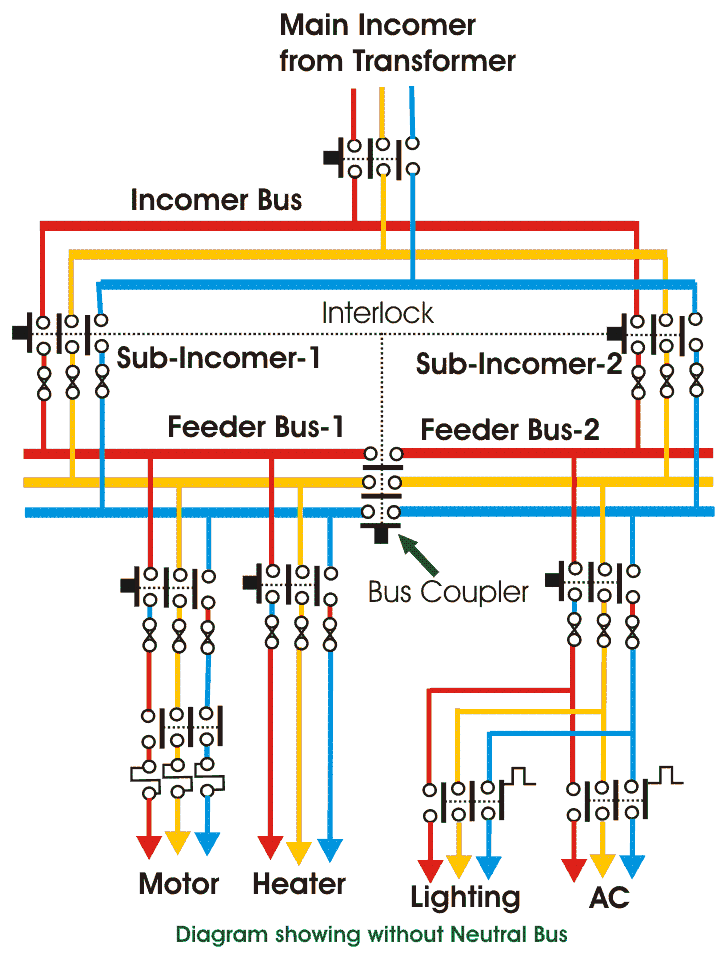Cable tray / raceway is integral part of any cable management system. Selection of cable tray is very critical because if cable tray size is not sufficient the cables may become damaged due to improper handling and excessive heating etc. On the
Read More
What are the types of line distortions? The distortions occurring in the transmission line are called waveform distortion or line distortion. Waveform distortion is of two types i.e. frequency distortion and phase or delay distortion. How frequency distortion occurs in a power transmission
Read More
The parameters of a transmission line are Resistance (R), Inductance (L), Capacitance (C) and Conductance (G). Resistance (R) is defined as the loop resistance per unit length of the wire. Its unit is ohm/Km. Inductance (L) is defined as the loop inductance per unit length of
Read More
Cable Management is a key component of Data Center and Network Management. It refers to an important step during the installation of building services (ie electrical services) and the subsequent installation of equipment providing means to efficiently secure electrical, data, and other cables
Read More
Cable tray system shall be used for laying of MV and LV power, control, instrumentation and special cables in the Power Plant. Cable trays shall be supported on cantilever brackets at specified interval. The trays shall be strong enough to keep the deflection
Read More
Electrical switchgear are very important part of any electrical distribution system. Switch gears are used for many purposes like protection, isolation from live parts and switching operation. A switchgear is the combination of electrical disconnect switches, fuses or circuit breakers used to
Read More





